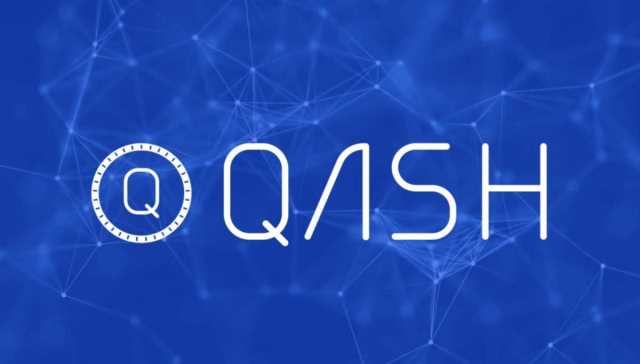


As BLAKE was a candidate for SHA-3, BLAKE and BLAKE2 both offer the same output sizes as SHA-3 – including a configurable output size. Bitcoin uses the SHA-256 hash algorithm to generate verifiably “random” numbers in a way that requires a predictable amount of CPU effort. Generating a SHA-256 hash with a value less than the current target solves a block and wins you some Bitcoin Hash Functions coins. The first and most important building block for any cryptocurrency is the hash function. Hash functions are used in almost every component of Bitcoin, so in this lesson we'll explore this cryptographic primitive in depth. The node then begins “hashing” the data by converting it into the hash value or “hash”, which always needs to contain a certain number of zeros.

The meaning of the term is therefore somewhat dependent on the application since the effort that a malicious agent may put into the task is usually proportional to their expected gain. However, since the needed effort usually multiplies with the digest length, even a thousand-fold advantage in processing power can be neutralized by adding a dozen bits to the latter. Transaction hash (txid) is an identifier used to uniquely identify a particular transaction.

In 1995, the NSA (National Security Agency) designed the SHA-1 (Secure Hash Algorithm 1) based on Rivest’s design, followed by the SHA-2 update in 2001. SHA-2 is the standard that inspired SHA-256, which served https://www.tokenexus.com/ as the baseline for Bitcoin’s consensus algorithm. The process through which this is ensured is called Bitcoin mining that utilizes Bitcoin hashes generated through SHA-256 function at various steps of mining.
In order for the bundled block to be added to the blockchain, miners need to find a hash that meets the target difficulty. Each block contains a blockheader with the number of the block, the hash of the previous block and a “nonce”, which includes a timestamp. The purpose of a nonce is varying the input to a cryptographic hash function, that is increased randomness, in computation during the mining process. Both conventional and cryptographic hash functions are deterministic. Being deterministic means that as long as the input doesn’t change, the hashing algorithm will always produce the same output (also known as digest or hash). Although not all hash functions involve the use of cryptography, the so-called cryptographic hash functions are at the core of cryptocurrencies.


Amilcar has 10 years of FinTech, blockchain, and crypto startup experience and advises financial institutions, governments, regulators, and startups. Hash functions have long been used in encryption and digital signatures and are an important part of secure digital communication. Understanding the Bitcoin mining process is essential if you are looking to start creating your own Bitcoin. Apart from becoming familiar with important processes, you must also be aware of what happens after you successfully mine a coin (or fraction of). Varying the block’s header is a trial and error process and the chances of success are statistically very low. With so many possibilities, mining requires high amounts of computational capacity, as well as dedicated hardware equipment.
This is different to the SHA-256 (Text) tool at the top of the page, which accepts any text data, but that's just an example tool and is not the way data is hashed in Bitcoin. So in the tools below, you need to represent bytes by using hexadecimal characters (where every byte is made from two hex characters). A hash function is a programming tool that creates fingerprints for data.